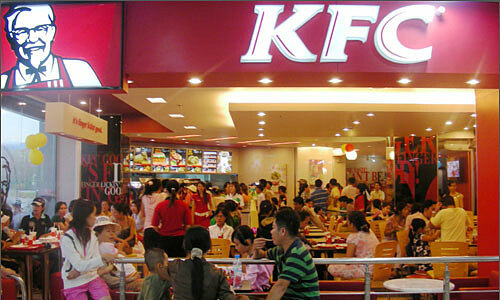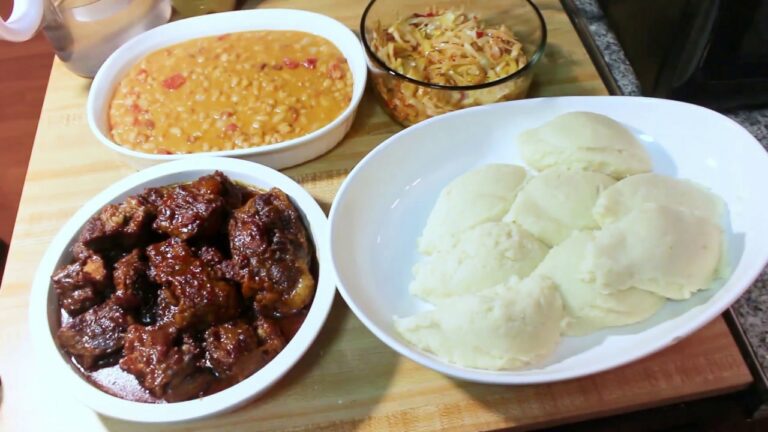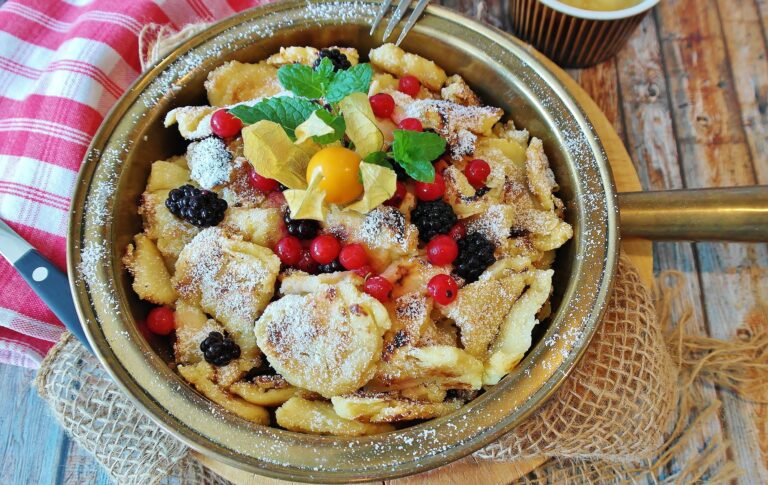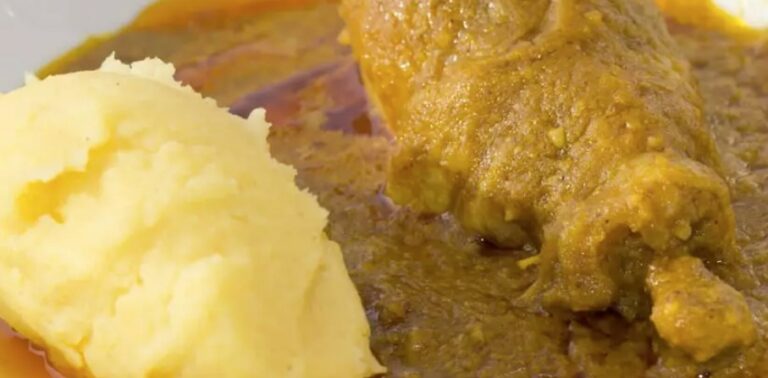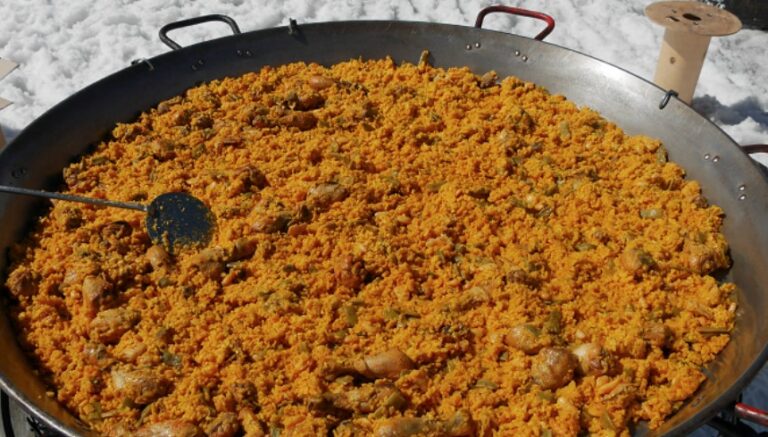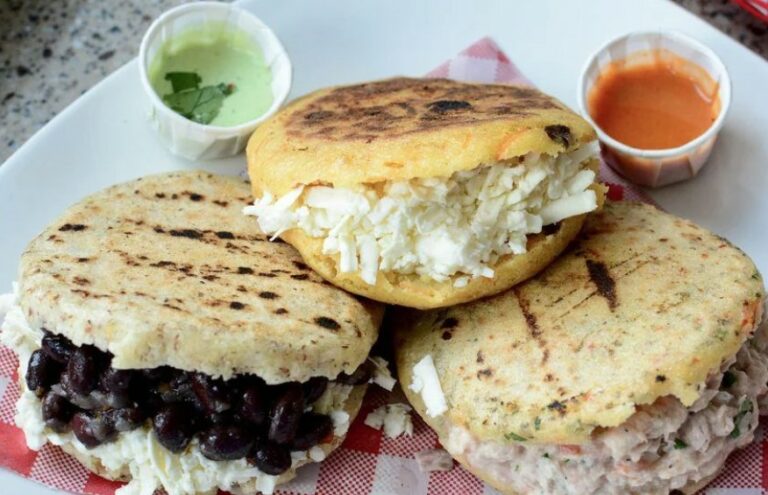Introduction: Vietnam’s Fast Food Scene
Vietnam’s fast food scene has evolved significantly in recent years. While the country is renowned for its delicious street food, fast food chains have become increasingly popular among locals and tourists alike. With a population of over 96 million people, Vietnam presents a lucrative market for international fast food chains looking to expand their global reach.
The Proliferation of International Chains
The global fast food industry has witnessed a surge in international chains penetrating new markets. Vietnam is no exception, with major international chains like KFC, McDonald’s, Subway, and Burger King opening branches throughout the country. These chains have capitalized on the growing middle class, urbanization and changing lifestyles of Vietnamese consumers. The entry of international fast food chains has transformed the Vietnamese food and beverage industry, creating job opportunities, and generating revenue for the economy.
The Most Popular Fast Food Chains in Vietnam
KFC is the most popular fast food chain in Vietnam, followed by Lotteria, McDonald’s, and Jollibee. Local chain, Pho 24, which specializes in the popular Vietnamese dish, pho, is also a popular fast food brand in the country. These chains offer a range of products tailored to the Vietnamese market, including rice dishes, noodle bowls, and local flavors.
Challenges Faced by International Chains in Vietnam
International fast food chains have faced several challenges in their bid to establish a foothold in the Vietnamese market. One of the biggest challenges is the competition from local street food vendors, which offer affordable, fresh, and varied cuisine. Additionally, cultural differences, changing consumer preferences, and regulatory hurdles pose challenges for international chains looking to succeed in Vietnam.
How to Find International Fast Food Chains in Vietnam
International fast food chains are easily accessible in Vietnam, particularly in urban areas. The country’s major cities, including Ho Chi Minh City and Hanoi, have several branches of international chains, which are located in shopping malls, airports, and other high-traffic areas. Many of these chains also offer delivery services, making it easier for customers to enjoy their favorite fast food items from the comfort of their homes.
Conclusion: Fast Food in Vietnam – a Blend of Local and Global
In conclusion, Vietnam’s fast food scene has undergone a transformation in recent years, with the entry of international chains. While these chains continue to face challenges, they have found a foothold in the Vietnamese market and continue to expand. However, the country’s traditional street food vendors and local chains continue to dominate the food scene, offering a blend of local and global cuisine that is unique to Vietnam.

